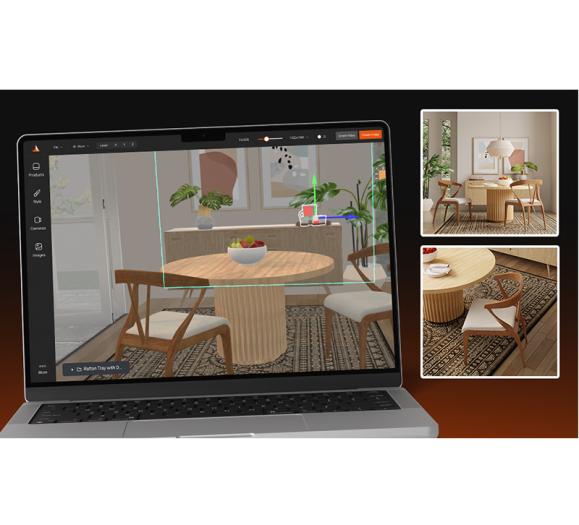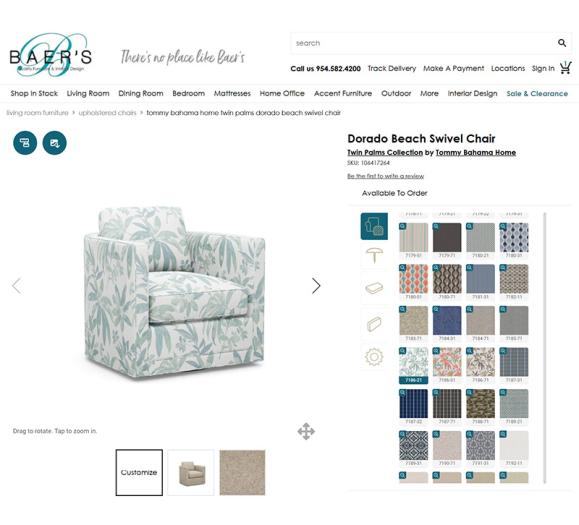We know Instagram is the go-to social media platform for interior designers looking to promote their businesses and share their latest design projects. Can Instagram be just as effective for retailers looking to bring more traffic to their physical stores?
The experts at Shopify seem to think so. Here they share how Instagram can support your retail business, build your brand and bring more customers your way.
According to Shopify, Instagram is one of the best tools for raising brand awareness — online and off.
How many Instagram users visit at least one business profile every day? 200 million. In a study conducted by Facebook, 81 percent of respondents said Instagram helps them research products and services.
How instagram Can Boost Your Retail Business
1. Reach new audiences: Create relevant hashtags to help improve your visibility and engage with new users. The pound sign — or hashtag — turns a word or phrase into a searchable link and users can search those to find content they’re interested in. On Instagram, consider hashtags as keywords or folders for your content. People who find you via hashtags may decide to follow you. Building a strong hashtag strategy can help you reach new audiences and boost awareness for your retail store. Make sure your hashtags represent your categories and aesthetic so shoppers don’t become confused.
2. Create a shoppable Instagram feed: Turn your Instagram feed into a shoppable experience with one of the many apps designed to do so. Shoppable posts allow customers to click directly on that post to view or purchase a product from your store as well. Make a shoppable Instagram feed part of your omnichannel sales strategy, especially if your website isn’t e-commerce enabled or doesn’t get a ton of traffic just yet. You can capture sales via Instagram from customers who can’t make it to your store but still want to shop with you. Add buy online, pickup in store (BOPIS) or curbside-pickup options.
3. Drive foot traffic to your retail store: The pandemic continues to impact consumer behavior but in-store shopping is still the preferred retail channel. Use Instagram to encourage customers to visit your store. Create special offers available in-store for a limited time as a way to get Instagram followers to visit.
4. Build a community with Instagram: Instagram can be an effective community-building tool. Get your customers and followers involved by running contests, for example, asking questions and/or encouraging customers to post products they’ve purchased, share posts you add to Instagram and tag you. Reply to comments on your posts, but also engage further by liking and commenting on your followers’ photos.
How to Plan Your Instagram Content
Randomly posting on Instagram without a plan or strategy won’t help you build brand awareness and boost sales. Make a plan, look at other accounts for inspiration and decide how you want to use your Instagram account to tell your story. Here are a few tips to help you build your Instagram content strategy and plan:
1. Define your target audience: Think about who you’re targeting with your content. Look at who already buys from you, study who’s following your competitors, and review the analytics for your website or other social media accounts. Get clear on the type of Instagram users you’re targeting. The benefit of being a brick-and-mortar retailer is that you know your customers because you see them in person. Use that to your advantage in your Instagram content strategy. Think about the type of content they’d engage with.
2. Define Your Content Pillars: Content pillars are the topics your retail brand will consistently post about. These help you decide what type of content you should create for your followers. Pillars should be specific to your retail store and encompass your target audience’s interests. Think of content pillars as an outline when you’re planning your content calendar. Having predetermined categories makes creating your social content easier.
4. Create a regular posting schedule: The right amount of posts per week is dependent on your business and how much new content you have to share. Don’t just post to post. Content should be authentic and on brand. Start with a manageable goal of three to four posts per week, then add content or stick to the schedule. Instagram isn’t only about pushing out content. You also want to engage with the content that other accounts publish.
For more, visit shopify.com/retail/instagram-for-retail-businesses







